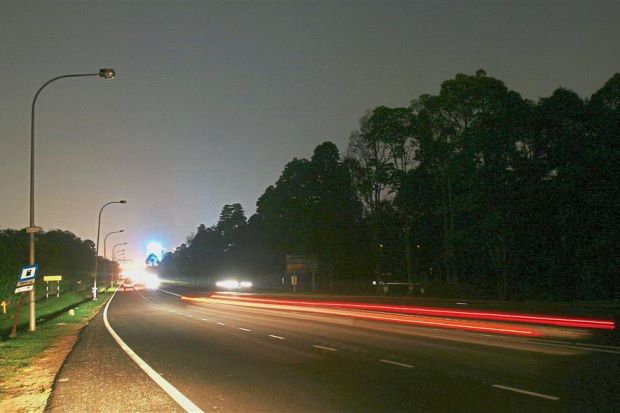NarrowBand IoT Mobile Network to Capitalize on Sensors
Maxis Enterprises of Malaysia began a trial run of “NarrowBand-IoT,” a type of fit-for-purpose mobile network which can support millions of connected things in a single location.
NB-IoT offers new smart digital solutions to businesses and the public sector. Claire Featherstone, head of business solutions for Maxis, said the new tech will embed computing devices into utility meters, smoke detectors and/or parking spaces to gather massive amounts of data previously untracked. The devices send data as changes occur, though depending on the sensors used, it can also send a more specific set of information.
“The devices could be transmitting singular data points like temperature, humidity, send alerts like ‘I’m alive’ or ‘electricity on.’ It all depends on how many sensors these devices have,” Featherstone said. “For example street lights, depending on the sensor, can see if the bulb is faulty. Or the light sensor can measure the natural light available, so in a storm or if dawn breaks earlier it can switch on or off, and maybe save that 20 minutes of power daily over the years.”
Though the technology will surround the public in Malaysia, thought people will be unaware of it. Unlike consumer grade IoT, which allows users to interact with devices around their home, NB-IoT is generally used for industrial scale applications, where companies need to keep track of assets over a large area.

NB-IoT mobile devices could turn off street lights if they sense it’s not dark enough to require them. Photo: Chan Tak Kong, The Star
Featherstone said Malaysian businesses interested in NB-IoT solutions are mainly from the utilities and agriculture sectors, for monitoring meters or plantations in remote areas. “For agriculture, some customers may be worried about flooding and can use environmental sensors to detect a flood coming and send a red alert. The IoT application can identify any anomalies such as more water than usual or drastic changes in temperature,” she says, adding that it is more practical than having a person eyeballing for changes.
However, the drawback of the technology is that it is more suited for static assets rather than moving ones that require live tracking – like packages or delivery vehicles – as such cases would need a GPS that is constantly updating its location.
read more at thestar.com.my








Leave A Comment